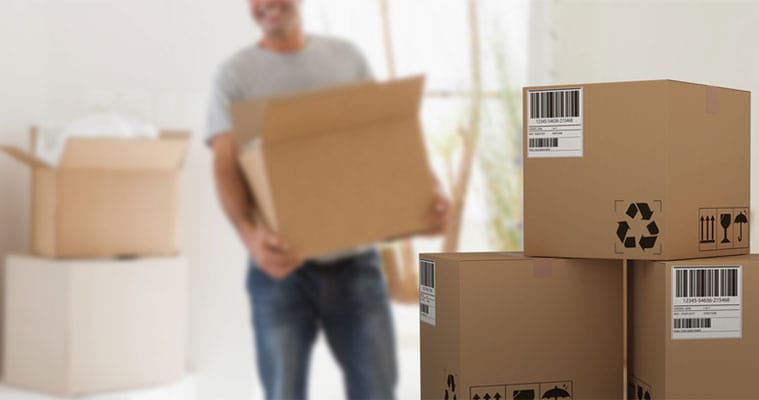As we move further into 2024, the focus on Eco-Friendly trends and sustainability has never been more pronounced. The packaging industry, a significant contributor to global waste, is undergoing a transformative shift towards eco-friendly packaging solutions. If you’re curious about the latest trends in sustainable packaging and how they’re making a difference, you’re in the right place. Let’s dive into the top eco-friendly packaging trends shaping 2024 and explore real-world use cases that highlight their impact.
- Biodegradable Packaging Materials
- Reusable Packaging
- Edible Packaging
- Minimalist Packaging Design
- Compostable Packaging
- Smart Packaging Solutions
- Plantable Packaging
1. Biodegradable Packaging Materials
What It Is:
Biodegradable packaging is designed to break down naturally and decompose, reducing waste and environmental impact. These materials often include plant-based plastics, cornstarch, and mushroom-based packaging.
Use Case:
One inspiring example is the adoption of mushroom packaging by Dell. This tech giant uses mushroom-based packaging to protect its servers during shipping. The packaging is grown in a matter of days, fully decomposes within 30 days, and offers a sustainable alternative to traditional foam packaging.
2. Reusable Packaging
What It Is:
Reusable packaging is designed for multiple uses, reducing the need for single-use materials. This trend encompasses a variety of products, from refillable containers to durable shipping boxes.
Use Case:
Loop, a global circular shopping platform, partners with major brands like Unilever and Nestlé to offer products in reusable packaging. Customers receive their goods in Loop’s reusable containers, which are collected, cleaned, and refilled for future use, significantly reducing single-use plastic waste.
3. Edible Packaging
What It Is:
Edible packaging is made from food-grade materials that can be safely consumed. This innovative trend not only minimizes waste but also adds a novel twist to the packaging industry.
Use Case:
The startup Notpla has developed a seaweed-based packaging that is edible and biodegradable. Notpla’s sachets have been used to serve water and energy drinks at sporting events, offering a unique and eco-friendly alternative to plastic cups and bottles.
4. Minimalist Packaging Design
What It Is:
Minimalist packaging focuses on reducing material usage and simplifying design. This trend emphasizes efficiency, reduced waste, and a lower environmental footprint.
Use Case:
Apple has been a pioneer in minimalist packaging design. Their product boxes are smaller and use fewer materials, with a focus on recyclable and biodegradable components. This approach not only cuts down on waste but also reduces shipping emissions due to lighter and smaller packages.
5. Compostable Packaging
What It Is:
Compostable packaging is made from materials that break down into non-toxic components that can be safely integrated into soil. Unlike biodegradable packaging, which may leave behind toxic residues, compostable packaging supports healthy soil ecosystems.
Use Case:
Chipotle has embraced compostable packaging for its bowls, which are made from plant fiber. These bowls break down in composting facilities and contribute to soil health, aligning with Chipotle’s commitment to sustainability.
6. Smart Packaging Solutions
What It Is:
Smart packaging integrates technology to enhance the functionality and sustainability of packaging. This includes features like QR codes for recycling instructions, temperature-sensitive materials, and NFC tags for product information.
Use Case:
Connected packaging by companies like Tetra Pak offers QR codes that provide consumers with information on how to properly recycle the packaging. This not only educates consumers but also promotes higher recycling rates, contributing to a more circular economy.
7. Plantable Packaging
What It Is:
Plantable packaging incorporates seeds into the packaging materials, allowing consumers to plant the packaging and grow plants, herbs, or flowers.
Use Case:
Pangea Organics, a skincare company, uses plantable packaging embedded with seeds. After using the product, customers can plant the packaging, which will decompose and nourish the seeds, resulting in beautiful flowers or herbs.
Conclusion
The future of packaging is undeniably green. With innovative solutions like biodegradable materials, reusable containers, edible packaging, minimalist design, compostable options, smart technology, and plantable products, the packaging industry is making significant strides toward sustainability. These trends not only reduce environmental impact but also offer exciting, practical applications that consumers and businesses can embrace.
As we continue to prioritize eco-friendly practices, it’s clear that sustainable packaging is not just a trend but a vital component of our future. Whether you’re a business looking to make greener choices or a consumer wanting to reduce your environmental footprint, these trends offer promising pathways to a more sustainable world.
Stay tuned for more updates on eco-friendly innovations and how they’re shaping a greener future!


